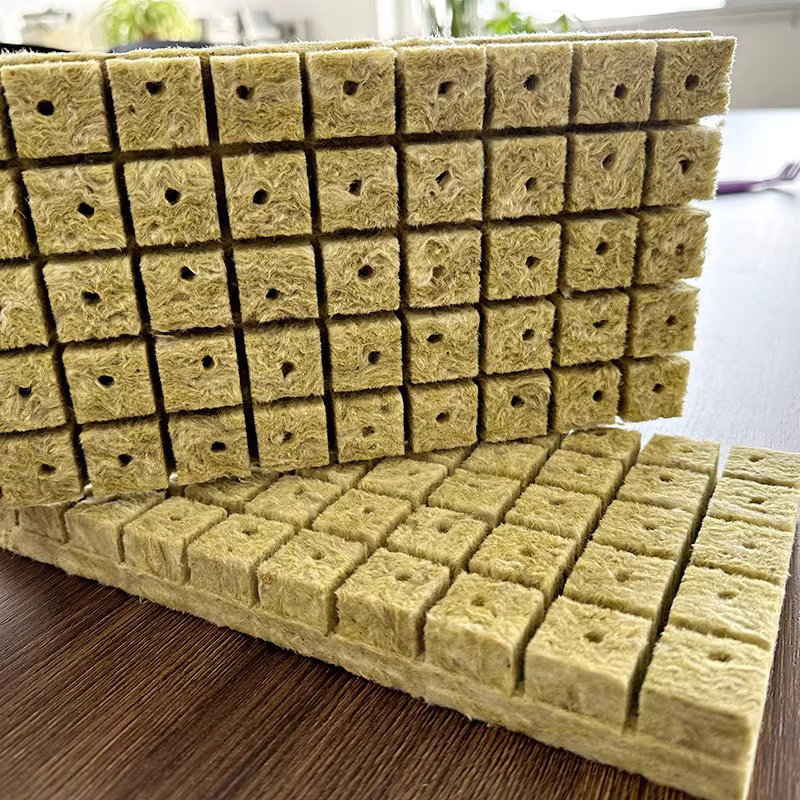Exploring the Advantages of Glass Wool Rolls for Superior Insulation Solutions
Nov 10,2025

Exploring the Advantages of Glass Wool Rolls for Superior Insulation Solutions
Table of Contents
- 1. Introduction to Glass Wool Rolls
- 2. What is Glass Wool?
- 3. Benefits of Using Glass Wool Rolls for Insulation
- 3.1 Energy Efficiency and Cost Savings
- 3.2 Fire Resistance Properties
- 3.3 Sound Insulation Capabilities
- 3.4 Moisture Resistance and Mold Prevention
- 4. Applications of Glass Wool Rolls
- 5. Installation Guide for Glass Wool Rolls
- 6. Maintenance of Glass Wool Insulation
- 7. Frequently Asked Questions
- 8. Conclusion
1. Introduction to Glass Wool Rolls
In the realm of construction and renovation, the choice of insulation material plays a pivotal role in ensuring energy efficiency and comfort within a building. Among the various options available, **glass wool rolls** stand out as a remarkable solution. This article aims to explore the **benefits** of using glass wool rolls for insulation, shedding light on their unique properties, applications, and the impact they can have on both the environment and our daily lives.
2. What is Glass Wool?
Glass wool, also known as fiberglass insulation, is an artificial product made from fine strands of glass that are spun into a wool-like material. It is lauded for its versatility and effectiveness as an insulation medium.
2.1 Composition of Glass Wool
The primary components of glass wool include silica sand, recycled glass, and various additives that enhance its properties. The combination of these materials results in a lightweight yet robust insulation solution that can significantly reduce heat transfer.
2.2 The Manufacturing Process
The manufacturing process of glass wool involves melting raw materials at high temperatures to form molten glass. This glass is then spun into fine fibers, which are collected and bound together with a resin to create mats or rolls. The end product is flexible, easy to handle, and highly effective for insulation purposes.
3. Benefits of Using Glass Wool Rolls for Insulation
Utilizing glass wool rolls for insulation presents numerous advantages, making it a preferred choice for both residential and commercial applications.
3.1 Energy Efficiency and Cost Savings
Glass wool insulation provides exceptional thermal performance, significantly reducing heat loss in winter and heat gain in summer. By maintaining a stable indoor temperature, glass wool helps decrease the reliance on heating and cooling systems, leading to considerable **energy savings**. This efficient insulation not only enhances comfort but also lowers utility bills over time.
3.2 Fire Resistance Properties
One of the most critical attributes of glass wool is its inherent **fire resistance**. Glass wool does not burn and has a high melting point, making it an ideal choice for insulation in areas where fire safety is a concern. This property helps protect structures and provides peace of mind to homeowners and builders.
3.3 Sound Insulation Capabilities
In addition to thermal benefits, glass wool rolls are excellent for sound insulation. The fibrous structure effectively absorbs sound waves, reducing noise transmission between rooms and from outside sources. This makes glass wool an ideal choice for residential spaces located near busy roads, commercial areas, or in multi-family housing.
3.4 Moisture Resistance and Mold Prevention
Glass wool is naturally resistant to moisture, preventing water absorption and minimizing the risk of mold growth. This characteristic is essential for maintaining healthy indoor air quality and safeguarding the structural integrity of buildings. Adequate moisture resistance ensures the longevity of the insulation material and promotes a healthier living environment.
4. Applications of Glass Wool Rolls
The versatility of glass wool rolls makes them suitable for a wide range of applications in both residential and commercial settings. Common uses include:
- **Roof Insulation**: Glass wool can be installed in attics and roofs to prevent heat loss and maintain comfortable indoor temperatures.
- **Wall Insulation**: Installing glass wool rolls in walls enhances energy efficiency and soundproofing, making it ideal for residential and commercial properties.
- **Floor Insulation**: Glass wool is effective for insulating floors, particularly in buildings with crawl spaces or basements.
- **HVAC Systems**: Glass wool is often used to insulate air ducts, improving system efficiency and reducing energy consumption.
5. Installation Guide for Glass Wool Rolls
Installing glass wool rolls is a straightforward process that can be accomplished by homeowners or professionals. Here’s a step-by-step guide:
1. **Preparation**: Ensure the work area is clean. Measure the space where insulation will be installed to determine the quantity of glass wool required.
2. **Safety Precautions**: Wear protective gear, including gloves, goggles, and a mask, to avoid irritation from fiberglass particles.
3. **Cutting the Rolls**: Use a sharp utility knife to cut glass wool rolls to the appropriate length, ensuring they fit snugly between studs or joists.
4. **Installation**: Place the cut pieces of glass wool between the framing members. For vertical walls, ensure that the faced side is facing outward for proper vapor barrier.
5. **Sealing**: Use vapor barrier tape to seal seams and prevent air leakage. This step is crucial for maximizing the insulation's effectiveness.
6. **Finishing Touches**: Once installed, cover the insulation with drywall or another material as required.
6. Maintenance of Glass Wool Insulation
Maintaining glass wool insulation is relatively easy. Regular inspections are advisable to ensure there are no signs of water damage or mold growth. If any sections appear compromised, they should be replaced promptly to maintain insulation performance.
7. Frequently Asked Questions
**Q1: Is glass wool insulation safe for health?**
A1: Yes, glass wool insulation is considered safe when handled properly. Wearing protective gear during installation helps minimize exposure to fibers.
**Q2: How long does glass wool insulation last?**
A2: Glass wool insulation can last for decades without losing its effectiveness, provided it is not exposed to moisture or physical damage.
**Q3: Can glass wool provide sufficient sound insulation?**
A3: Yes, glass wool is highly effective at sound insulation, making it ideal for reducing noise between rooms and from external sources.
**Q4: Is glass wool environmentally friendly?**
A4: Glass wool is made from recycled materials and is fully recyclable at the end of its life, making it an eco-friendly choice.
**Q5: Can I install glass wool insulation myself?**
A5: Yes, with the right preparation and safety precautions, homeowners can install glass wool insulation themselves.
8. Conclusion
Glass wool rolls provide a multitude of benefits, making them an excellent choice for insulation in various applications. Their **energy efficiency**, **fire resistance**, **sound insulation capabilities**, and **moisture resistance** create a healthier and more comfortable living environment. Whether you are constructing a new building or renovating an existing space, incorporating glass wool insulation can result in significant long-term savings and improved quality of life. By understanding the unique attributes and applications of glass wool, builders and homeowners can make informed decisions that enhance both comfort and sustainability in their living spaces.
Contact Us
Company:Sunjoy Technology Co., Ltd.
General Manager: White Eric
Email: admin@sunjoy-rockwool.com
WhatsApp: +86 15202244515 +86 13602124815
Tel: +86 4009950775
Address: Room1701,Jin Fulin Building, Jinnan District,Tianjin,China


